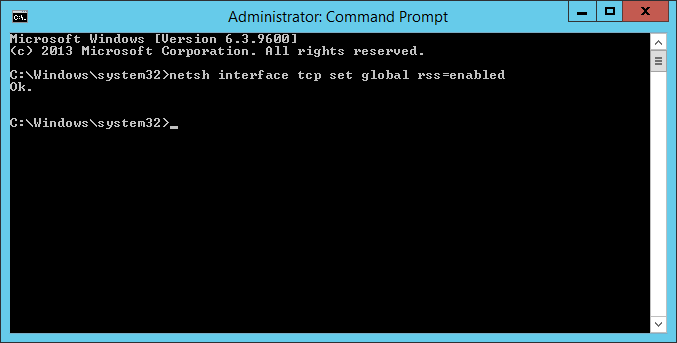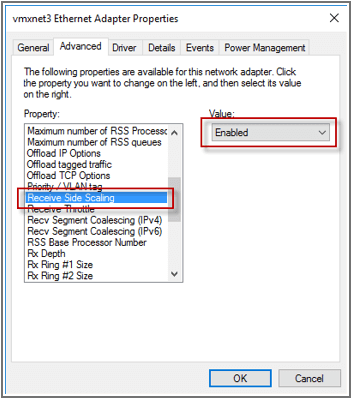

The hosts should have processors from the same vendor (AMD or Intel), but they don't need to be the same model.

The latter has less overhead and less attack surface from a security point of view, but make sure your team is comfortable with command-line troubleshooting and Windows PowerShell.


With the two Windows versions you can install hosts either with a GUI or in the Server Core (command-line only) mode. If you're going to run Linux or Windows Clients as VMs (for VDI), the free Hyper-V Server is appropriate. There are three versions of Hyper-V to select from: the free Hyper-V Server, Windows Server Standard (which comes with two Windows Server VM licenses for that host) and Windows Server Datacenter (which comes with unlimited Windows Server VM licenses for that host). Just make sure your hosts are big enough in terms of processor cores, storage IO and memory to accommodate your biggest expected workloads (SQL, anyone?). As you scale up toward the maximum of 64 hosts in a Hyper-V cluster, you gain better efficiency, although in eight-plus-node clusters there's often the need to survive two hosts being down. With four hosts, on the other hand, when one is down you only lose 25 percent of the overall capacity. This means you can really only use 50 percent of the cluster's overall capacity. If you only have two hosts in your cluster and one host is down, the remaining host has to have enough capacity to host all the VMs. This is partly due to the "cluster overhead" effect. The industry trend is to scale out from a small number of very powerful (and expensive) hosts toward a larger number of commodity hardware, cost-effective hosts. While a single host running Hyper-V and a few VMs might work for a small branch office scenario, in most cases you'll want to cluster several hosts together. The first step is to gather as much information as you can about the expected workloads: What kind of processor, memory, storage and networking resources will they require? What's the projected number of VMs, and how is that number going to change over time? Armed with this information, work through the following areas to assemble a plan of what kind of technologies and how much of them you'll need to achieve a highly performant fabric.


 0 kommentar(er)
0 kommentar(er)
